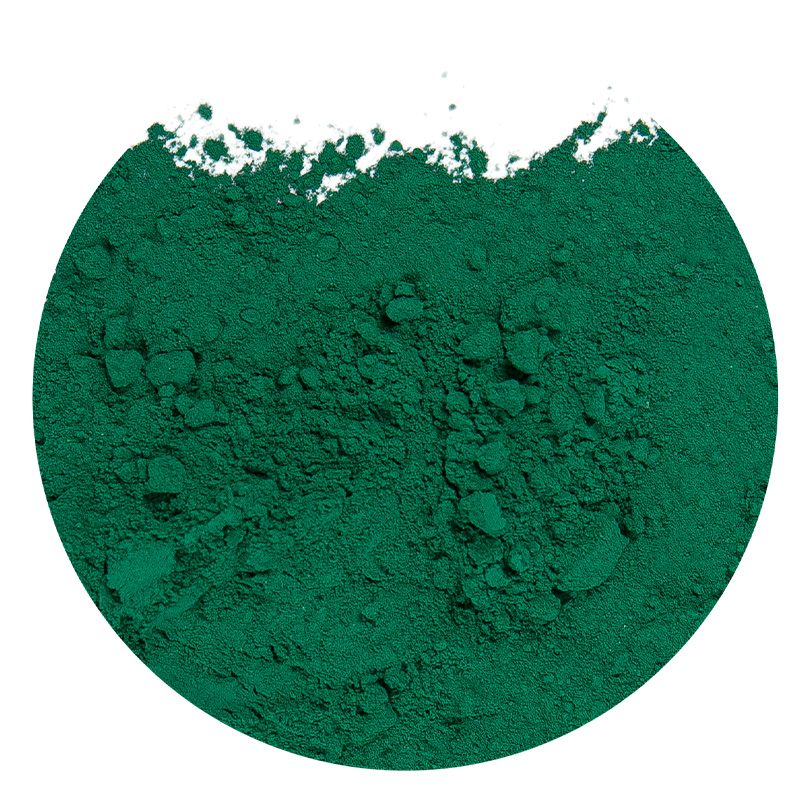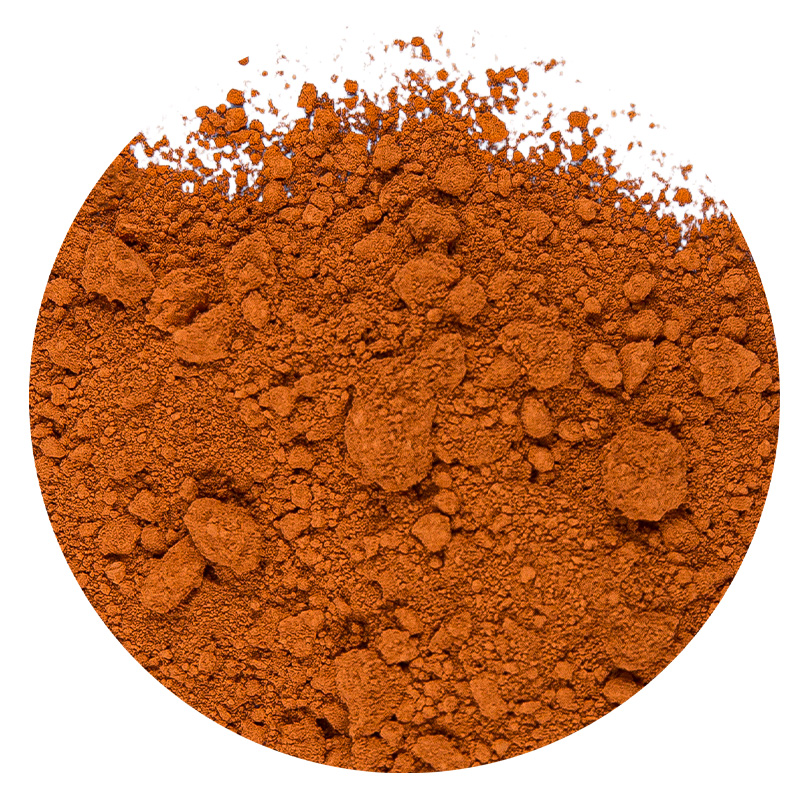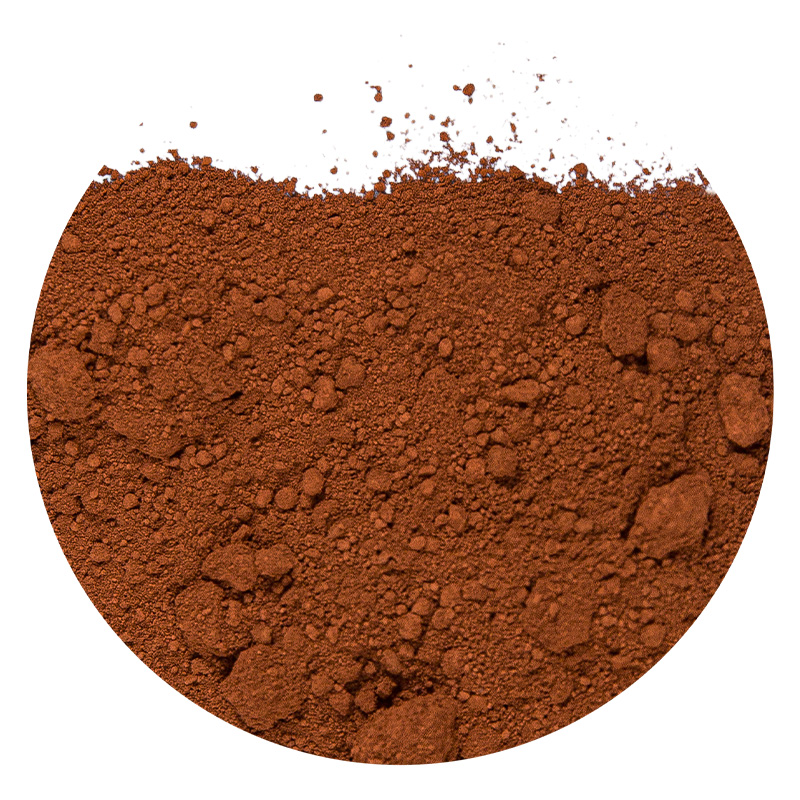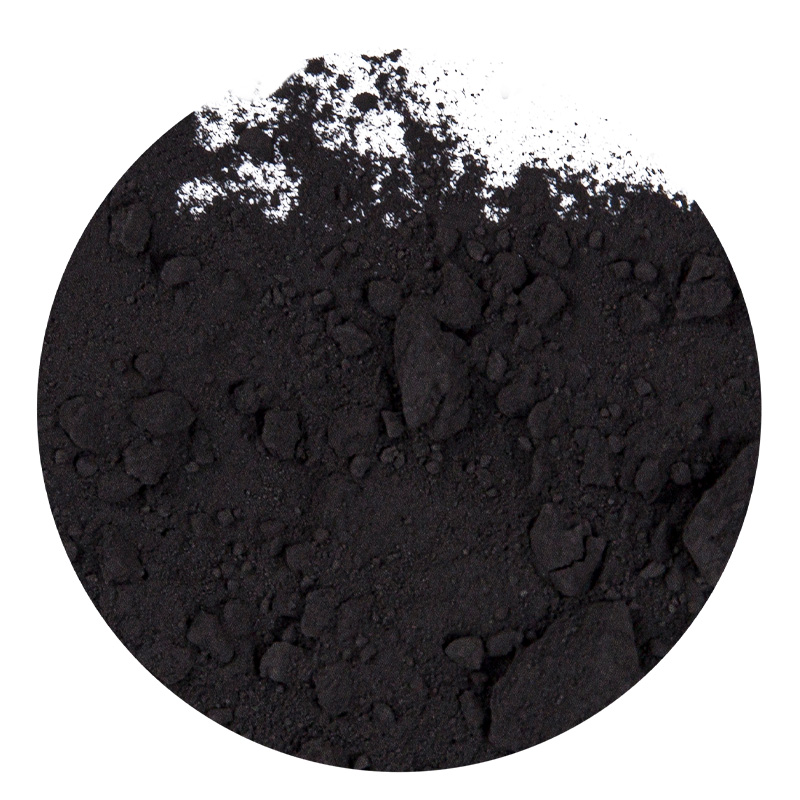Iron Oxide Yellow Pigment: Properties and Applications
Iron oxide yellow pigment is a widely used inorganic colorant known for its excellent stability, durability, and vibrant hue. It is commonly referred to as yellow oxide pigment or yellow oxide powder in various industries.

Yellow Oxide Pigment: Composition and Uses
Yellow oxide pigment, primarily composed of hydrated iron oxide (FeO(OH)), is valued for its opacity, lightfastness, and chemical resistance. It is synthesized through precipitation or thermal decomposition methods, resulting in fine particles suitable for multiple applications.
Key Properties:
Color Index: PY 42 (Pigment Yellow 42)
Chemical Formula: Fe₂O₃·H₂O or FeO(OH)
Particle Size: 0.1–1.0 µm
Heat Resistance: Up to 180°C (356°F)
pH Stability: 4–12
Applications:
Coatings & Paints: Used in industrial and architectural paints due to UV resistance.
Construction Materials: Added to concrete, tiles, and bricks for coloration.
Plastics & Rubber: Provides stable coloring without fading.
Cosmetics: Approved for use in makeup and personal care products (non-nano form).
Yellow Oxide Powder: Industrial and Commercial Forms
Yellow oxide powder is the finely milled version of iron oxide yellow pigment, optimized for ease of mixing and dispersion. It is available in synthetic and natural forms, with synthetic variants offering higher purity and consistency.
Data Comparison: Synthetic vs. Natural Yellow Oxide Powder
| Property | Synthetic Yellow Oxide | Natural Yellow Oxide |
|---|---|---|
| Purity (%) | 95–99% | 80–90% |
| Oil Absorption (g/100g) | 15–25 | 20–35 |
| Tinting Strength | High | Moderate |
| Price | Higher | Lower |
Common Uses of Yellow Oxide Powder:
Inks & Printing: Ensures vibrant, long-lasting prints.
Ceramics & Glass: Withstands high firing temperatures.
Textiles: Used in fabric dyeing for fade-resistant colors.

 English
English عربى
عربى русский
русский Español
Español









